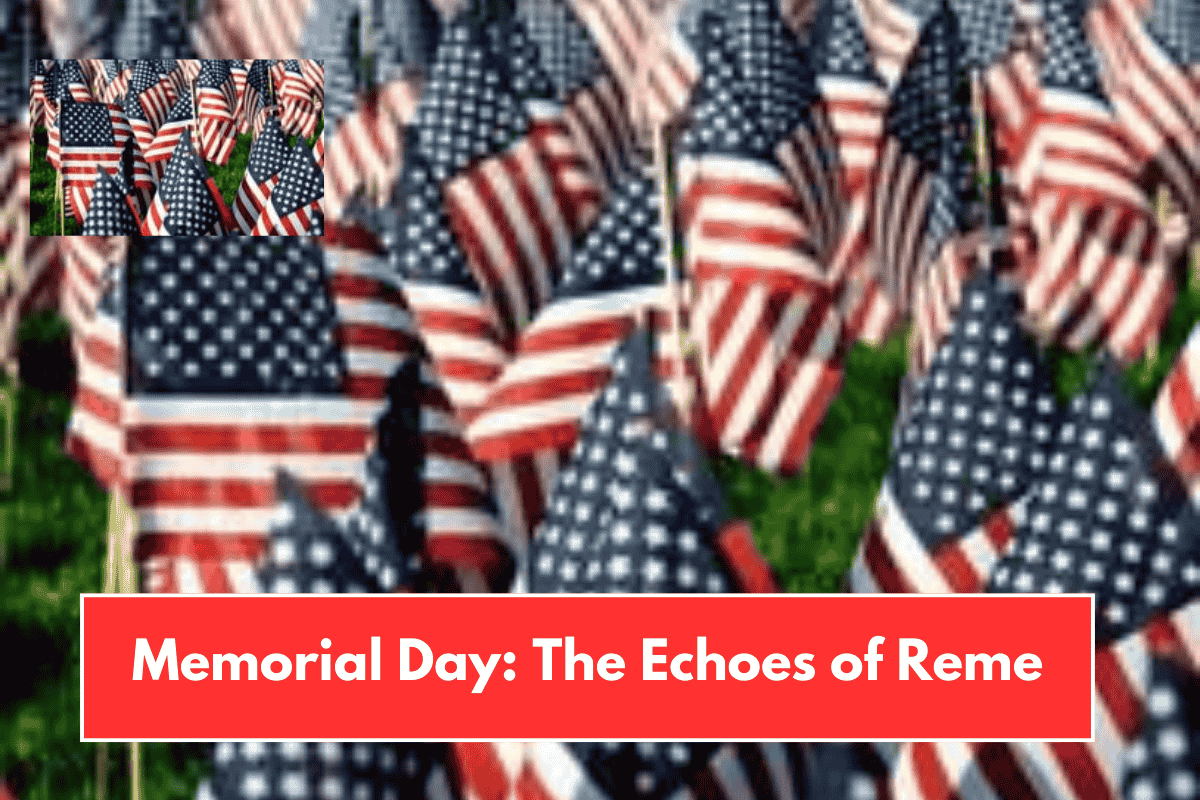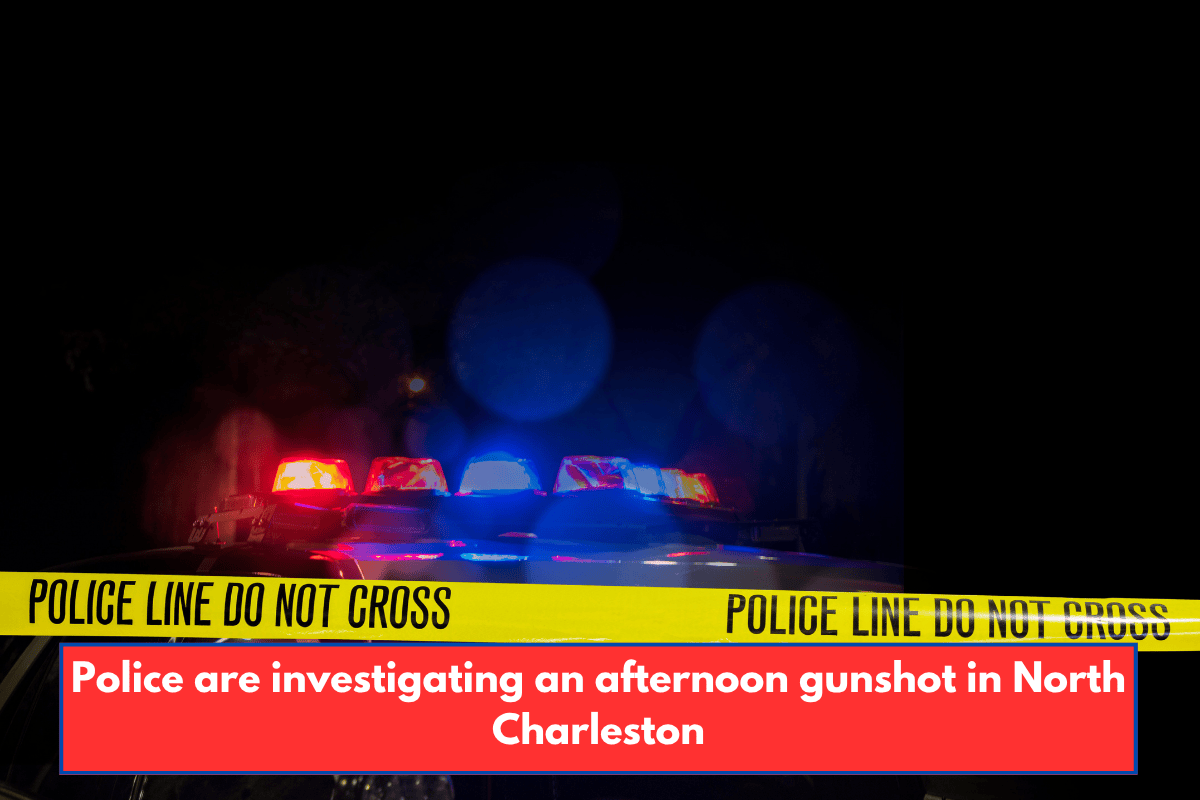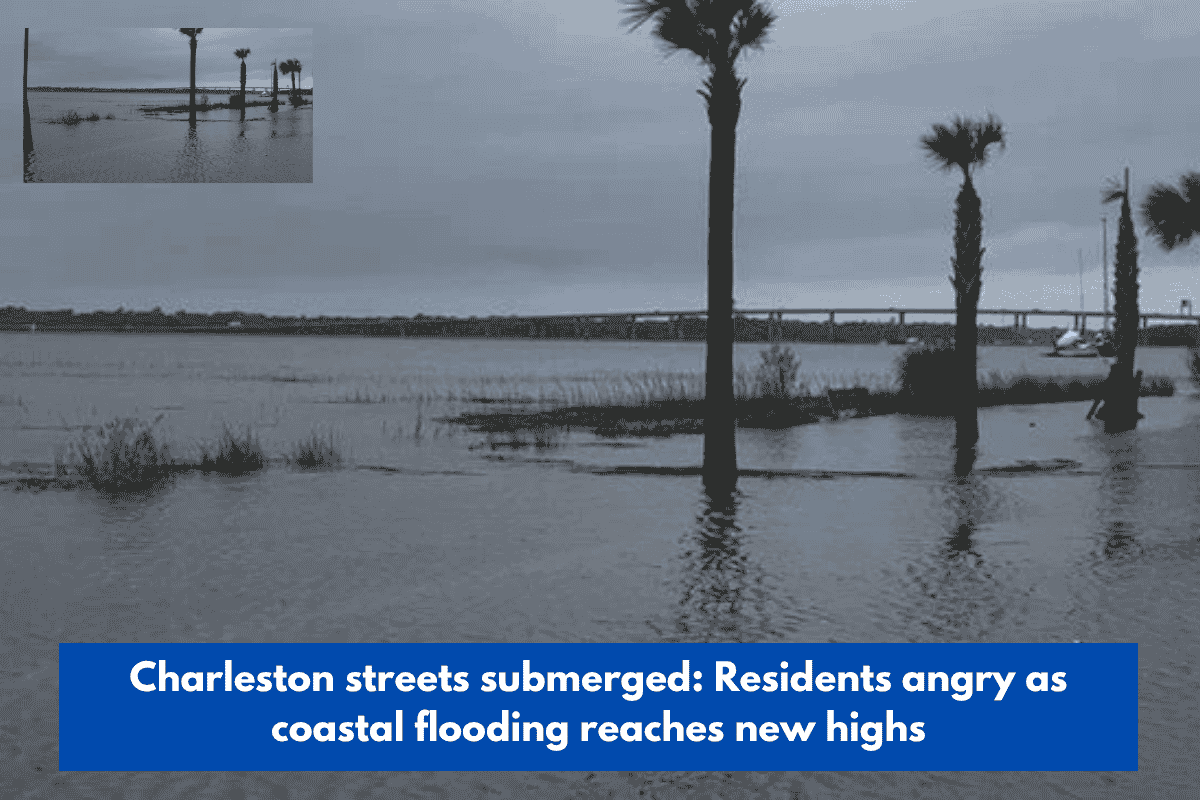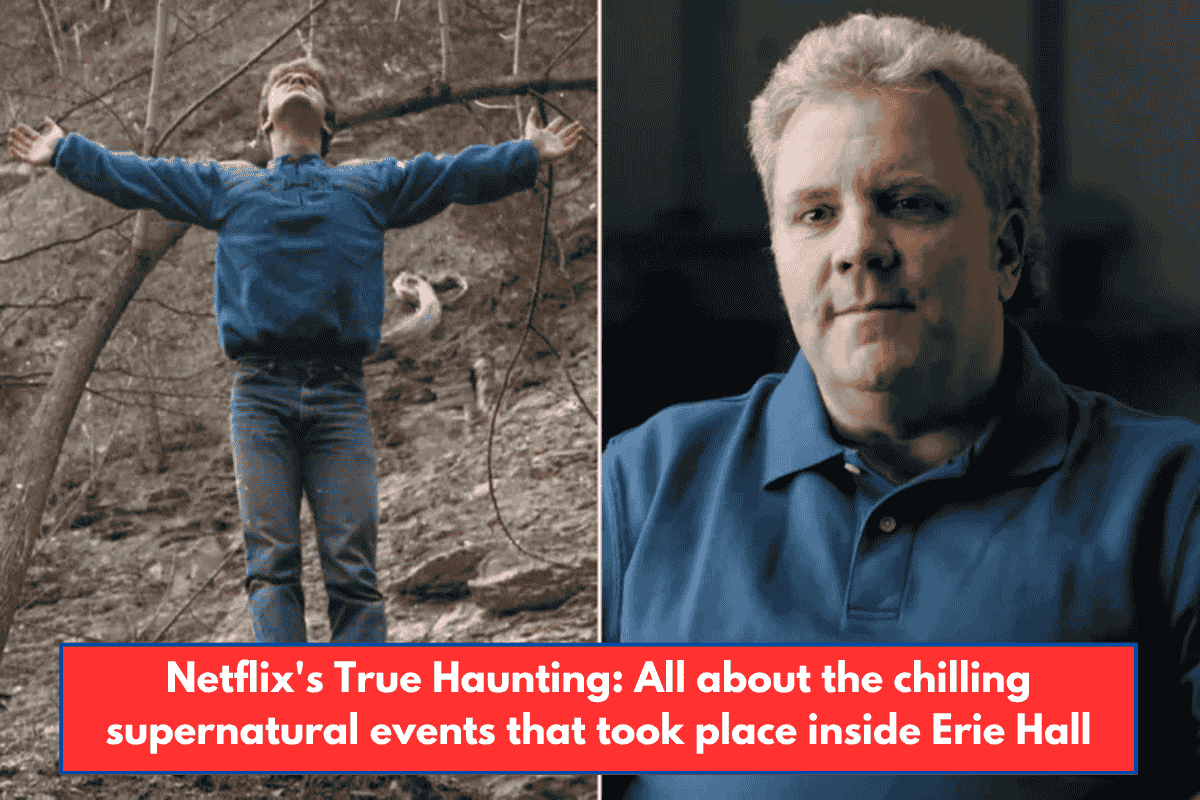Long before it became a day for backyard barbecues, beach trips, and big sales, Memorial Day began quietly—in the stillness left behind after war. It was born out of sorrow, shaped by love, and built on the simple but powerful act of remembrance.
Memorial Day Began After the Civil War
In the spring of 1865, the Civil War had just ended. It was the deadliest conflict in American history. Across the country, families mourned—mothers, wives, and children walked through battle-scarred fields, placing flowers on graves, many of which were unmarked. Their quiet acts of grief became the first steps toward what we now know as Memorial Day.
One of the earliest and most powerful tributes happened on May 1, 1865, in Charleston, South Carolina. Newly freed African Americans held a large memorial event at a former Confederate prison camp. They buried Union soldiers properly and led a parade of thousands to honor them. It was more than a ceremony—it was a sign of freedom and deep respect.
From Decoration Day to Memorial Day
In 1868, General John A. Logan, leader of a group of Union veterans, called for a national day of remembrance. He chose May 30 and named it “Decoration Day,” asking Americans to decorate the graves of soldiers with flowers. Arlington National Cemetery soon became the center of national ceremonies.
Though Southern states held their own memorial days for Confederate soldiers, the country slowly found common ground in remembering all who had died in military service.
After World War I, the meaning of the day expanded. It became a time to honor not just Civil War dead, but all Americans who lost their lives in wars. The red poppy became a powerful symbol of remembrance, inspired by the poem In Flanders Fields, written by a soldier in World War I.
Memorial Day Becomes a National Holiday
In 1971, Congress officially made Memorial Day a federal holiday, setting it for the last Monday in May. This gave Americans a long weekend, but some worried the meaning of the day would be lost in the fun.
Still, for many, Memorial Day remains a sacred time. It’s seen in the quiet moment before a parade starts, in the respectful folding of a flag, and in the tearful eyes of a veteran saluting a fallen comrade. It’s heard in the echo of a 21-gun salute or the soft breeze whispering through rows of headstones.
More Than a Day Off
Memorial Day is not just about relaxing—it’s about remembering. It connects us to those who gave everything for our country. Their stories are kept alive every time we pause to reflect, every time we speak their names, and every time we honor their service.











